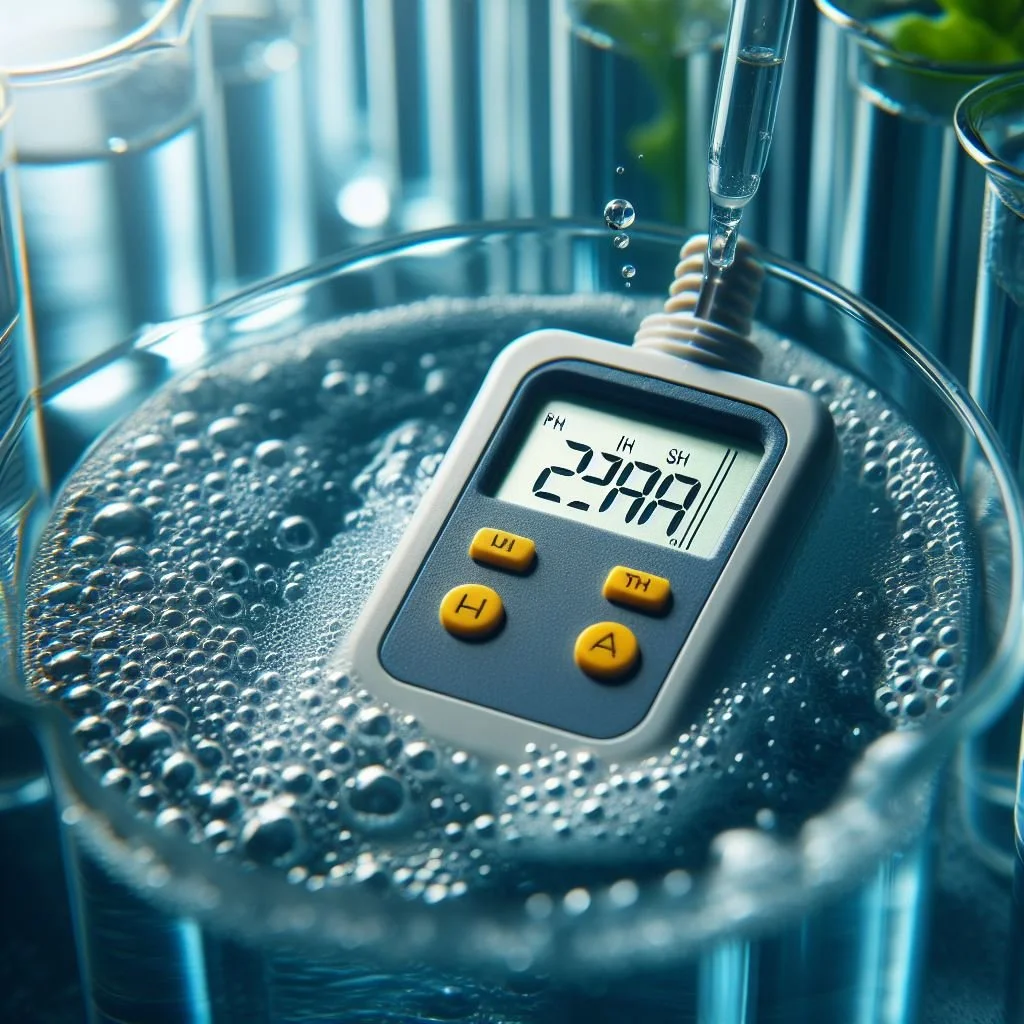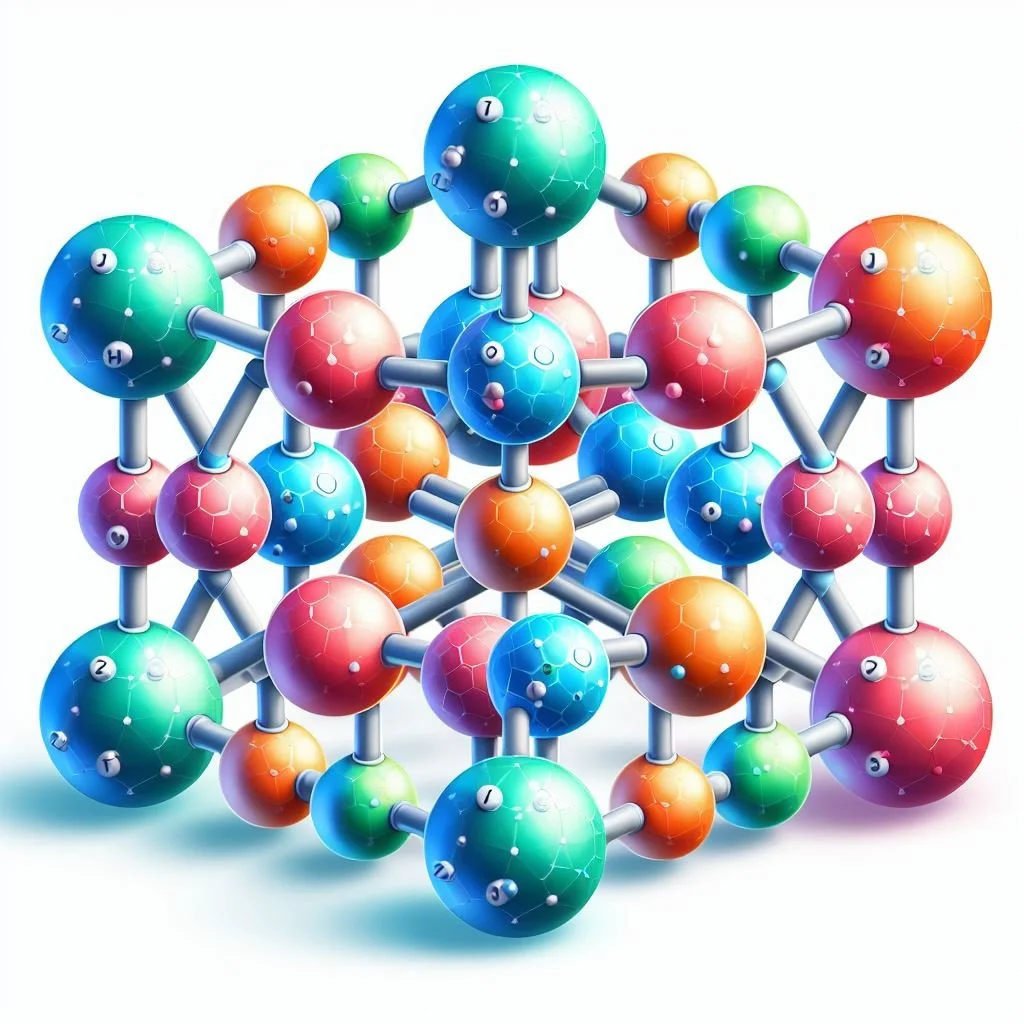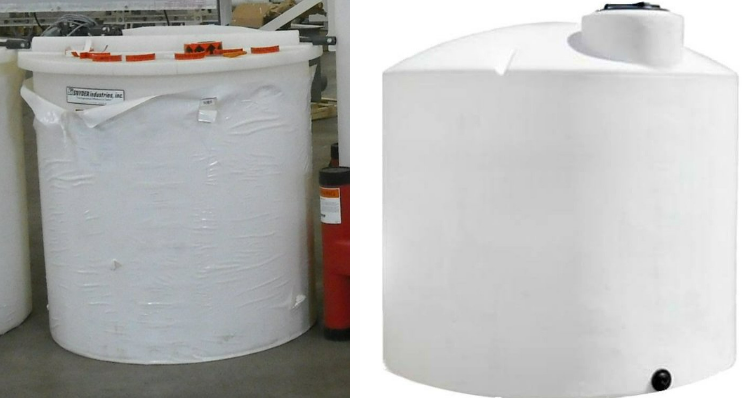Topics
-
Slant Plate Clarifiers: 5 Things You Need to Know
What Are Slant Plate Clarifiers, And What Can They Do For Me?
Slant Plate Clarifier Maintenance: Your Total Guide
Clarifier Installation: What You Need to Know
7 Benefits of Slant Plate Clarifiers You Need to Know About
Clarifier Inspections: 6 Things You Can Expect
Everything You Need to Know About Troubleshooting Issues for Your Clarifier
4 Benefits of Utilizing a Mobile Slant Plate Clarifier Rental
What Sets J Mark Clarifiers Apart?
Understanding Slant Plate Clarifier Sizing & Rating
-
-
Ways That Water Reuse and Reclamation Promote Sustainability
Everything You Need to Know About the Water Reclamation Process
Your Total Guide to Reclaimed Water
6 Benefits of Recycling Water You Need to Know About
Recycled Water vs. Reclaimed Water: What's the Difference?
3 Industrial Applications for Wastewater Reuse
Achieving Sustainability Goals with Zero Liquid Discharge: A Comprehensive Guide
-
Here's What to Expect When Using a Mobile Water System
5 Signs You Should Be Using a Mobile Water Treatment Unit
4 Benefits of Utilizing a Mobile Slant Plate Clarifier Rental
Maximizing Cost Savings: The Benefits of Water Treatment Rental Equipment
Wastewater Treatment Rentals Revolutionize Environmental Sustainability
-
-
-
Everything You Need to Know About Reverse Osmosis
What Is a Reverse Osmosis System?
What Does Reverse Osmosis Do? The Process Explained
How Does Membrane Separation Work? Here's The Process
Reverse Osmosis vs. Filtration: Here’s the Difference
Here's What to Expect When Using a Mobile Water System
5 Signs You Should Be Using a Mobile Water Treatment Unit
4 Industrial Advantages of Reverse Osmosis
Reverse Osmosis Maintenance: Your Total Guide
Wastewater Treatment Rentals Revolutionize Environmental Sustainability
How do Semipermeable Membranes Function in Industrial Applications
Understanding Reverse Osmosis Units in Cooling Tower Blow Down
The Critical Role of Industrial RO Systems: What They Filter Out
The Critical Role of Reverse Osmosis (RO) Units in Boiler Feed Water Treatment
The Versatile Role of Reverse Osmosis Systems in Industrial Water Treatment
-
Unlocking Efficiency: The Role of Neutralization Systems in Industrial Water Treatment
The Differences Between Anions and Cations
PFAS, what are They and How to Deal with Them
The Differences Between Pneumatic & Electric Actuated Valves
Everything you Need to Know About Pilot Programs
Exploring the Diverse World of Pumps: Electric, AOD, and Metering Pumps
The Role of Water Treatment in Environmental Compliance and Sustainability
Common Challenges in Industrial Water Treatment and How to Overcome Them
The Future of Industrial Water Treatment: Trends to Watch
Exploring the Diverse Markets Served by J Mark Systems
Top 5 Challenges in Industrial Water Treatment and How to Overcome Them
How do Semipermeable Membranes Function in Industrial Applications
In the realm of industrial processes, efficiency and precision are paramount. One technology that has revolutionized various sectors is the semipermeable membrane. Beyond its well-known role in biological systems, semipermeable membranes play a vital role in diverse industrial applications, offering solutions for separation, purification, and concentration processes.
Keeping Things Clear: Essential Maintenance Tips for Multimedia Filters
In the realm of water treatment, multimedia filters serve as stalwart guardians, removing impurities and ensuring clarity in our drinking water and industrial processes. However, like any hardworking equipment, multimedia filters require proper care and maintenance to function optimally.
Understanding the Variations in Filtration: Ultrafiltration, Reverse Osmosis, Nanofiltration, and Microfiltration
In the world of water purification and filtration, there exists a diverse array of technologies, each designed to meet specific needs and challenges. Among these, ultrafiltration, reverse osmosis, nanofiltration, and microfiltration are prominent methods.
Wastewater Treatment Rentals Revolutionize Environmental Sustainability
In the realm of environmental sustainability, innovation often takes center stage. As industries strive to minimize their ecological footprint, novel solutions emerge to address pressing challenges. One such solution gaining traction is wastewater treatment rentals.
Achieving Sustainability Goals with Zero Liquid Discharge: A Comprehensive Guide
ZLD represents a holistic approach to water management, aiming to eliminate the discharge of liquid waste from industrial processes entirely. In this blog, we explore the principles, benefits, and implementation strategies of ZLD, highlighting its role in promoting environmental stewardship and resource conservation.
Maximizing Cost Savings: The Benefits of Water Treatment Rental Equipment
In industries where water is a critical component of operations, ensuring its quality is paramount. However, managing water treatment systems can be a complex and costly endeavor. Fortunately, advancements in technology have paved the way for a more sustainable and cost-effective solution: water treatment rental equipment.
Everything you Need to Know About Pilot Programs
Wastewater pilot programs are small-scale, controlled, and temporary studies conducted to evaluate and assess the feasibility, efficiency, and effectiveness of new or innovative wastewater treatment technologies or processes. These pilot programs are conducted before full-scale implementation to gather data, identify potential challenges, and optimize the treatment process.
The Optimal pH of Wastewater
The optimal pH of wastewater refers to the pH range at which the biological, chemical, and physical processes in a wastewater treatment system are most efficient. Maintaining the wastewater pH within the optimal range is essential for achieving effective treatment and preventing negative impacts on the treatment processes and the environment. The optimal pH for wastewater can vary depending on the specific treatment process and the characteristics of the wastewater.
The Differences Between Pneumatic & Electric Actuated Valves
Valves are devices designed to regulate the flow of fluids (liquids or gases) through a pipeline or passageway.
This blog will explore two types of actuated valves, pneumatic and electric, that are used in various industrial processes. Each type has its advantages and is suitable for specific applications.
PFAS, what are They and How to Deal with Them
PFAS represent a complex and challenging issue due to their widespread use, persistence, and potential health and environmental impacts. Efforts are ongoing to better understand their effects, regulate their use, and manage their presence in the environment.
Differences Between DAF & Slant Plate Clarifiers
DAF (Dissolved Air Flotation) and slant plate clarifiers are both types of water treatment equipment used for solid-liquid separation, but they operate on different principles and are suitable for different applications.
The Differences Between Anions and Cations
Anions and cations are two types of ions that are fundamental to the behavior and characteristics of chemical compounds and chemical reactions. They play essential roles in various processes, including electrolysis, acid-base reactions, and the formation of ionic compounds.
Everything You Need to Know About Water Softeners
A water softener is a water treatment device designed to remove hardness-causing minerals, primarily calcium and magnesium ions, from water. The process of water softening involves exchanging these ions with sodium or potassium ions through a process known as ion exchange.
13 Differences in FRP & Polypropylene Tanks
Storage tanks are an integral part of any wastewater treatment infrastructure. They enhance the efficiency and reliability of treatment processes, contribute to environmental protection, and help ensure that treated wastewater meets the required standards before discharge. Two of the most widely used tanks in industrial wastewater treatment are the FRP and polypropylene tanks.
Ways That Water Reuse and Reclamation Promote Sustainability
Water reclamation is the process of treating and purifying wastewater so that it can be reused for various purposes, rather than being discharged into the environment or a water body. The primary goal of water reclamation is to reduce the demand on freshwater sources and minimize the environmental impact of wastewater discharge.
The Function of a Flash Mix Tank on a Slant Plate Clarifier
A flash mix tank is a crucial component in a slant plate clarifier used for wastewater treatment and solids separation. It plays a significant role in the initial stage of the clarifying process, where the goal is to facilitate the coagulation and flocculation of suspended solids, making them easier to separate from the water.
Understanding Slant Plate Clarifier Sizing & Rating
When purchasing or renting a slant plate clarifier, it is important to understand the capacity and the projected vs actual surface area of the clarifier. The water handling capacity of a slant plate clarifier refers to the maximum flow rate of water that the clarifier can effectively treat while maintaining proper solids separation.
7 Types of RO Membranes
Each type of RO membrane has specific advantages and limitations, and the selection of the appropriate membrane depends on factors such as the water source, desired water quality, operating conditions, and the intended application.
Everything you Need to Know About Cooling Tower Blowdown
Cooling tower blowdown refers to the process of discharging a portion of the circulating water from a cooling tower to control the concentration of dissolved solids and other impurities in the cooling water. The blowdown helps maintain the water quality within acceptable limits and prevent the buildup of scaling, corrosion, and fouling in the cooling system.
What Sets J Mark Clarifiers Apart?
The wastewater that enters a clarifier typically contains corrosive materials that affect the interior and exterior of the clarifier. As wastewater flows through clarifiers, particles such as nitrogen, sulfates, phosphates, and chlorides can wreak havoc on the system.
However, when constructed of the right materials, a clarifier can last for many years.




















